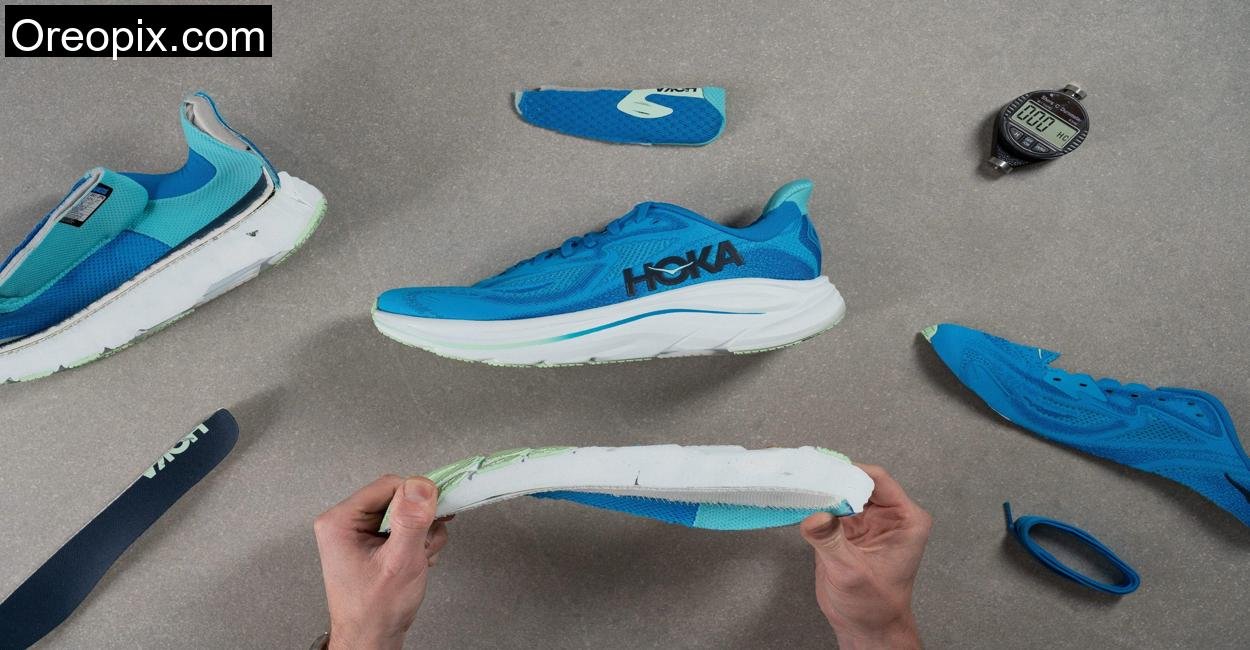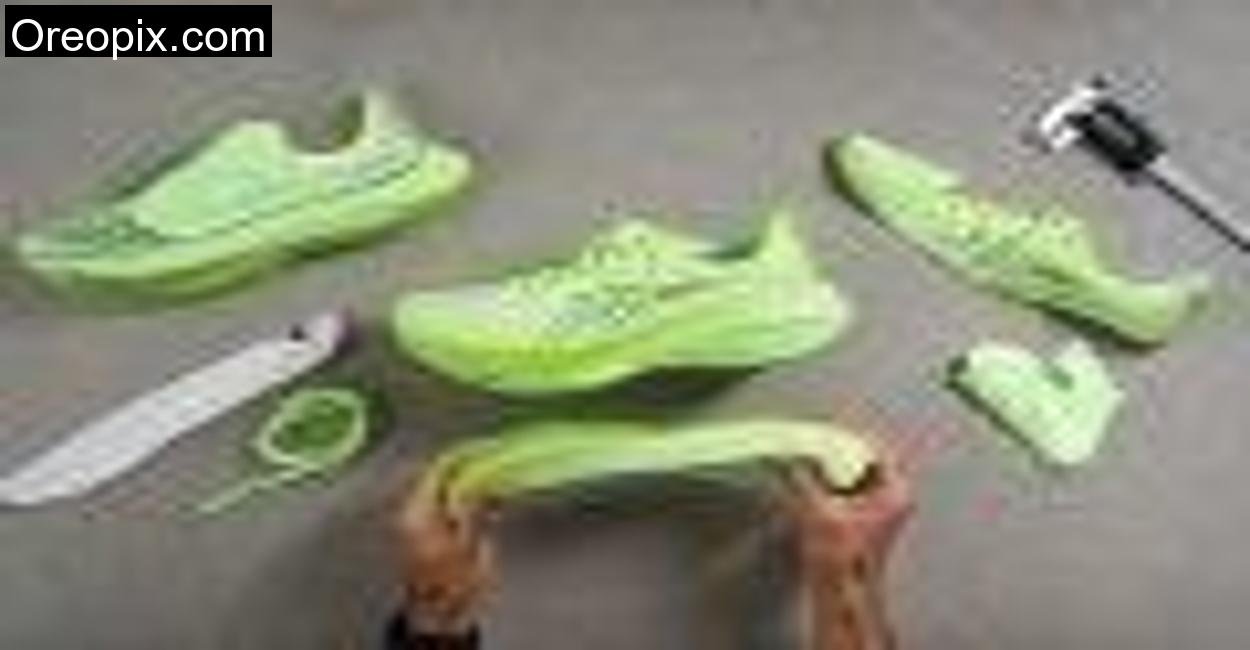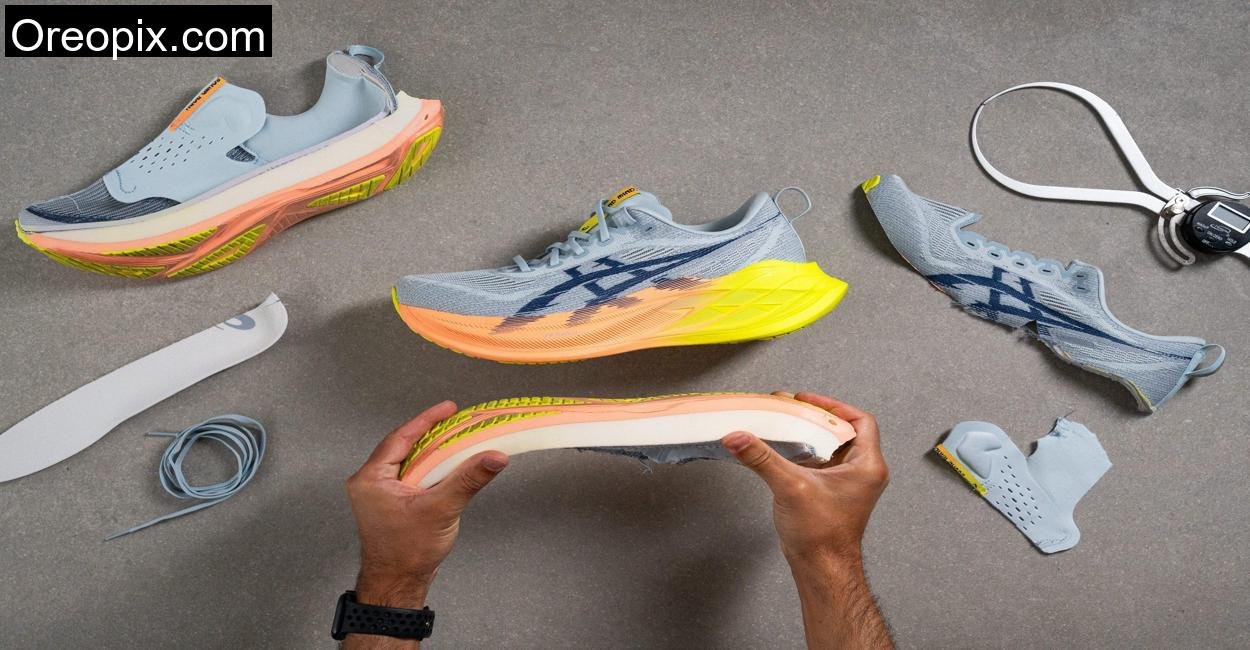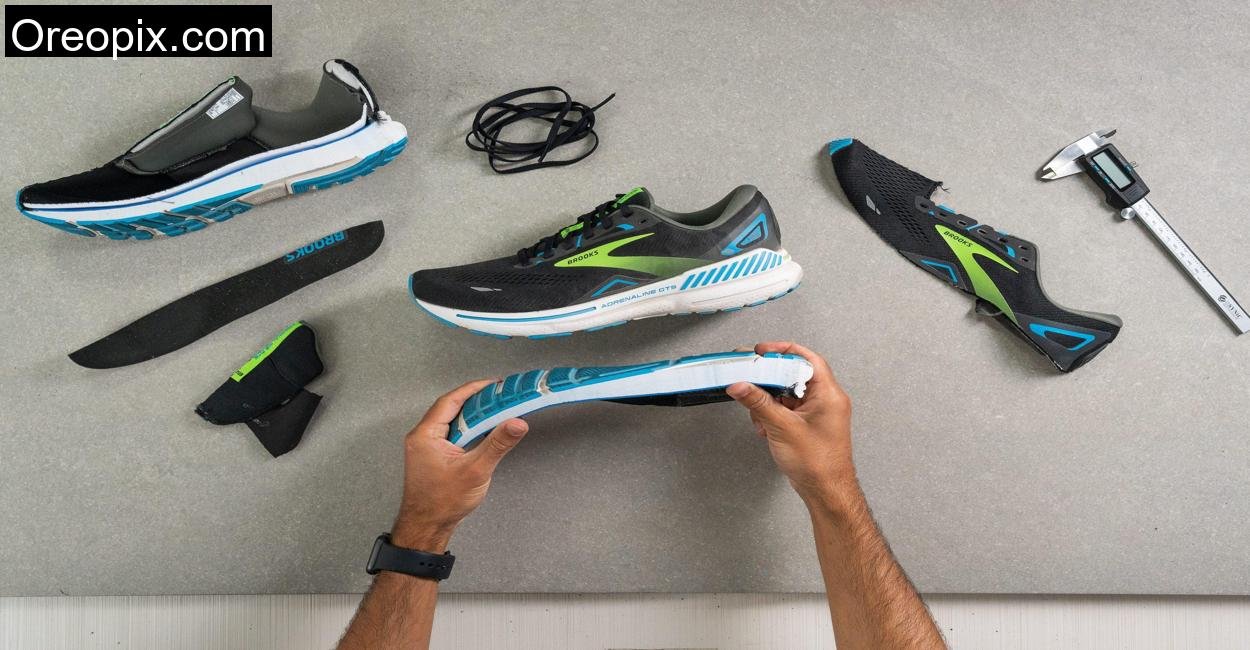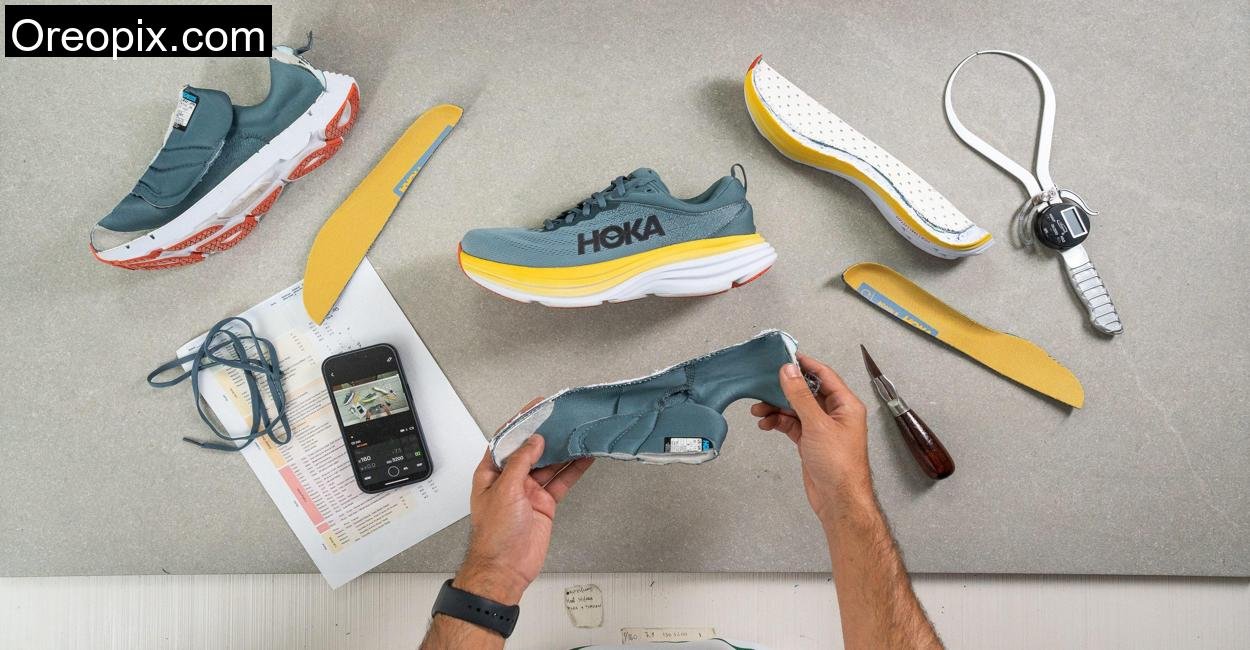The morning fog rolled like silk over the peaks of Gopalswami Hills as I stepped out of the jeep, the Hoka Clifton 10s snug against my feet. We were nearly 1,450 meters above sea level, surrounded by wind-sculpted grasslands, ancient forest trails, and that unmistakable silence only high-altitude wilderness can provide. This wasn’t just another test run, this was a full-immersion field test for Hoka’s long-awaited Clifton 10, a shoe born from years of feedback and refinement, now ready to face the real world.
First Impressions: A Maximalist Makeover

As a long-time user of the Clifton line, the Clifton 10 immediately felt familiar, but different. The plush feel underfoot, the now wider toebox, and the exaggerated heel stack gave the shoe a new identity. Hoka has clearly leaned into the maximalist category with this iteration, and it shows from the first step.
The upper is soft and padded, with a breathable engineered mesh that hugs the foot without feeling restrictive. The heel collar is plush, achilles-friendly, and the early-stage meta rocker geometry is more pronounced than in previous versions.
Specs Table: Hoka Clifton 10
For accuracy and reliability, all technical info is sourced instantly from the official websites of Hoka’s.
| Feature | Specification |
|---|---|
| Weight (Men’s US 9) | 9.7 oz / 275g |
| Drop | 12.4 mm (measured) |
| Heel Stack | 44.4 mm |
| Forefoot Stack | 32.0 mm |
| Midsole Material | CMEVA |
| Midsole Softness (HA) | 17.1 HA |
| Rocker | Early-Stage Meta Rocker |
| Toebox Width | 73.1 mm |
| Upper Material | Engineered mesh |
| Outsole | Rubber in high-wear zones |
| Breathability Score | 3/5 |
| Durability (Toebox) | 4/5 |
| Durability (Heel Padding) | 5/5 |
| Traction Score | 0.49 (wet & dry) |
| Fit | True to size |
| Price | ₹15,650 |
| Removable Insole | Yes |
The Gopalswami Terrain Challenge
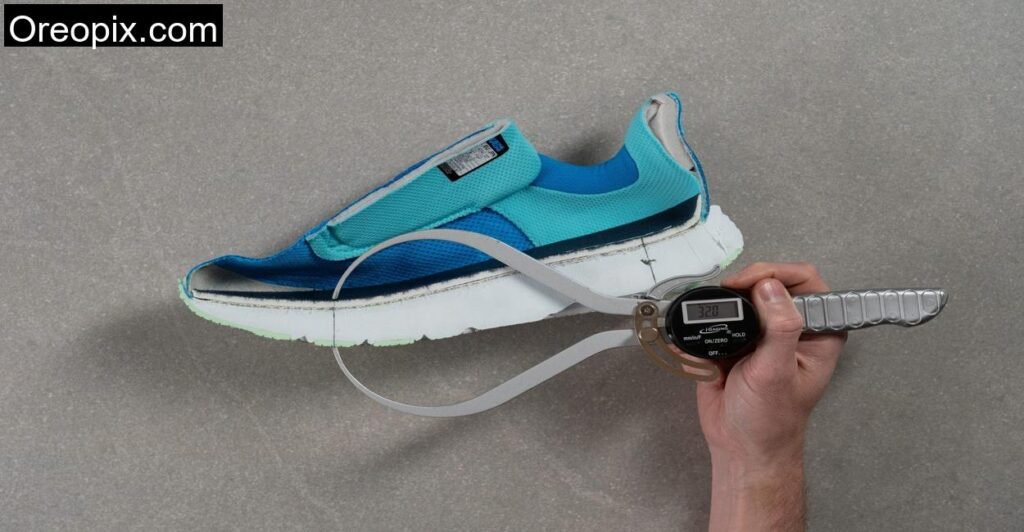
While lab specs are essential, shoes reveal their soul on the trail. The Gopalswami Hills, known for their mix of rocky trails, grassy plateaus, and sudden weather changes, offered the perfect testing ground.
Our route started with a soft, grassy incline. The Clifton 10’s plush cushioning absorbed every step like memory foam, soaking up impact and keeping my joints feeling fresh. The 12.4 mm drop, higher than the advertised 8 mm, was noticeable but not intrusive. As a heel striker, I felt an immediate connection, the shoe guided me smoothly through transitions.
On uneven terrain, the Clifton 10 surprised me with its stability. Despite the skyscraper-high stack, the shoe maintained a grounded feel. The wide platform under the midfoot and forefoot helped, as did the stiff torsional rigidity (rated 5 out of 5 in lab tests). There was no wobble, no second-guessing foot placement.
Cushioning & Ride: Like Running on a Cloud (Mostly)
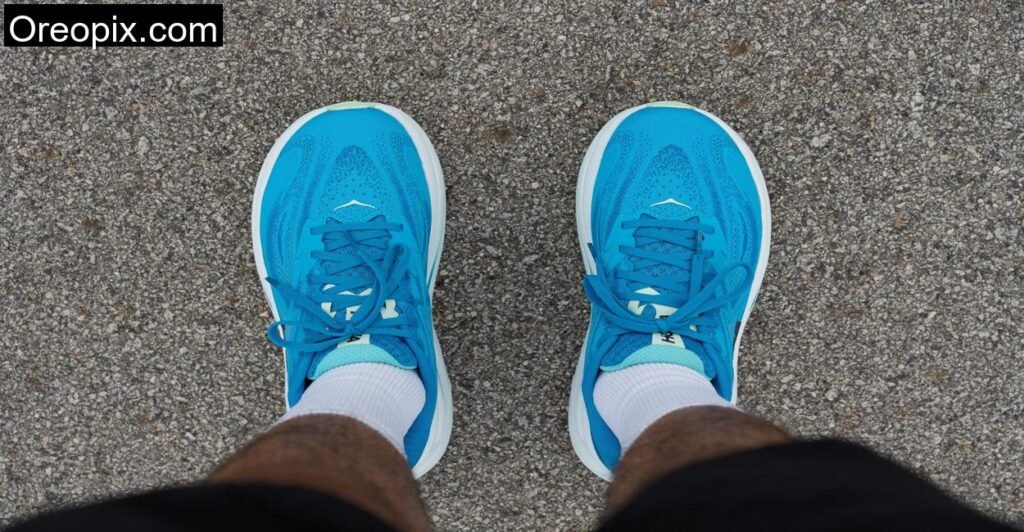
Let’s talk about the heart of any Clifton: its cushioning. Hoka stuck with its tried-and-true CMEVA foam, which has both pros and cons. On the plus side, the foam is soft (17.1 HA) and offers excellent shock absorption, especially in the heel. On long descents in Gopalswami, my knees thanked me for the pillowy landings.
But here’s the catch, this foam lacks the pop or energy return of modern PEBA or nitrogen-infused midsoles. On flat stretches, the shoe felt protective but dull. For runners who crave a springy toe-off or a fast-paced daily trainer, this might be a letdown.
Still, for long, easy miles or recovery runs, the Clifton 10 is a dream. The rocker geometry helps propel you forward, albeit gently. It’s not aggressive, but it’s smooth and fatigue-reducing.
Fit & Upper: Comfort Comes First
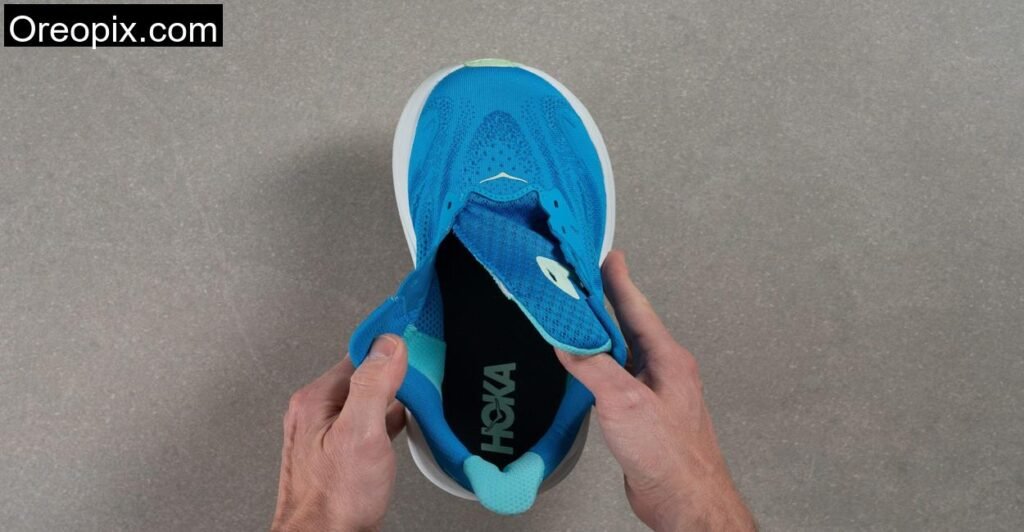
One of my biggest gripes with earlier Clifton models was the narrow toebox. The Clifton 10 finally fixes this. The toebox width now measures 73.1 mm, up from 68.9 mm in version 9, and it makes a massive difference. My toes had room to breathe and splay naturally, even after hours of running.
The upper feels premium, well-padded, secure, and built to last. The tongue is thick (7.6 mm), offering great instep comfort, though it’s not gusseted, which means it can slide a bit. Still, the dual lace loops help anchor it in place.
Ventilation is average, fine for cool weather, but might feel warm on hot days. I recommend a lighter colorway and breathable socks if you’re using these in summer.
Traction, Durability & Real-World Resilience

Gopalswami Hills gave us wet grass, loose gravel, and slick rocks after an early morning drizzle. The Clifton 10’s traction was solid. A score of 0.49 in lab tests puts it in the “good grip” category, and that translated well in the field. I never felt unsure on downhills or turns.
The outsole rubber is strategically placed in high-wear zones, and after nearly 50 km of use, the wear was barely noticeable. The toebox and heel padding also scored high in durability tests, with the heel padding getting a perfect 5/5.
Weight & Flexibility: Trade-offs of Max Cushion
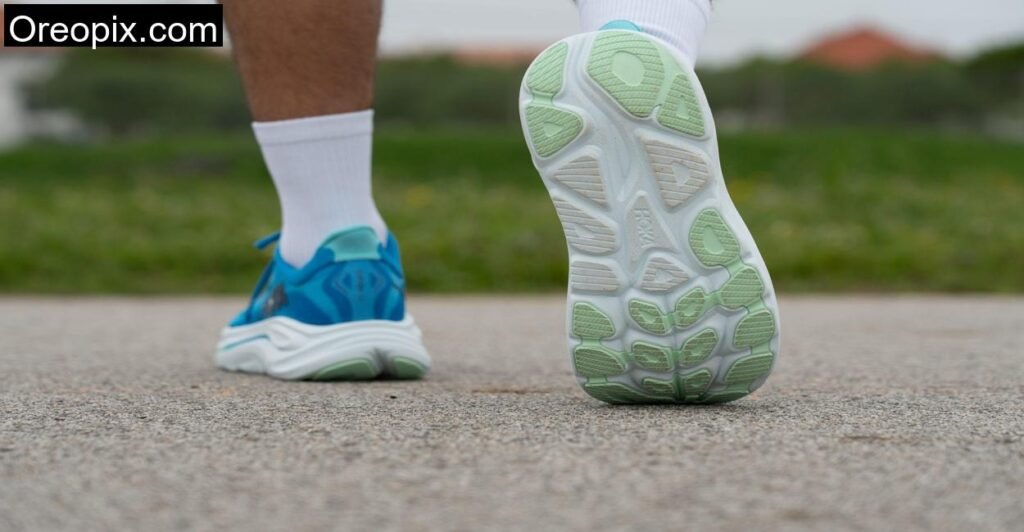
At 9.7 oz (275g), the Clifton 10 is heavier than its predecessor. You feel the weight when picking up the pace. It doesn’t feel clunky, but it lacks the nimbleness of earlier Cliftons or something like the Hoka Mach 6.
On the plus side, longitudinal flexibility is still decent (14.7N), allowing for some casual use. I wore them all day during our hilltop stay and didn’t feel any fatigue in my feet.
Who’s It For?
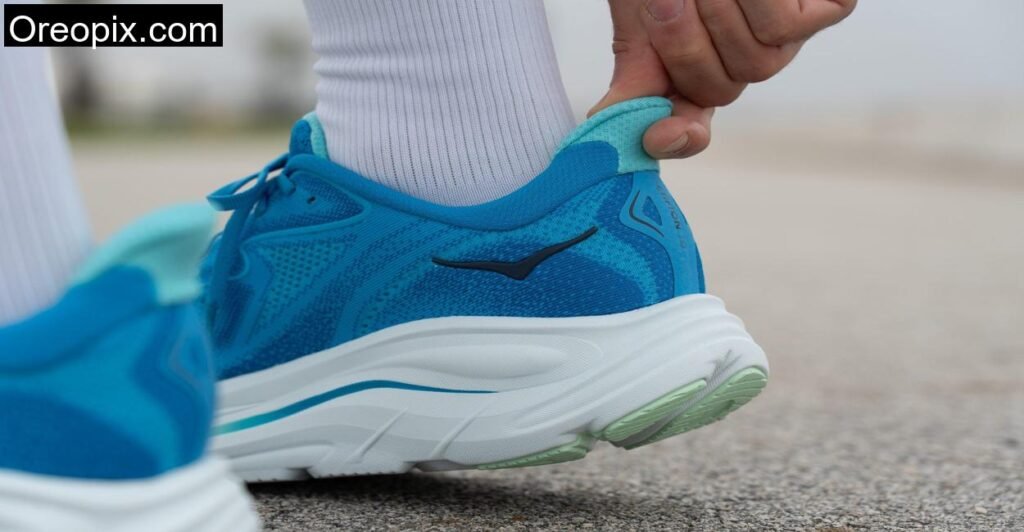
The Clifton 10 is for runners who: – Want maximum cushioning for long, easy runs – Are heel strikers needing a stable daily trainer – Prefer comfort and protection over responsiveness – Need a roomier toebox for wider feet or longer runs – Use their running shoe for walking or casual wear too
Who Should Skip It?

Consider other options if you: – Want a bouncy, responsive ride (look at Novablast 5 or Mach 6) – Prefer lightweight trainers – Run in hot climates and need more ventilation – Need a gusseted tongue for better lockdown
Real Runner, Real Verdict

I spent three days in the Gopalswami Hills with just one pair of shoes, the Clifton 10. From early morning trail runs to late-night strolls under the stars, they handled it all. Are they perfect? No. But are they dependable, comfortable, and thoughtfully updated? Absolutely.
Hoka played it safe, but they also delivered a shoe that’s better suited for its target audience: comfort-first, daily-use runners who want a reliable partner for long miles.
Conclusion: A Gentle Giant
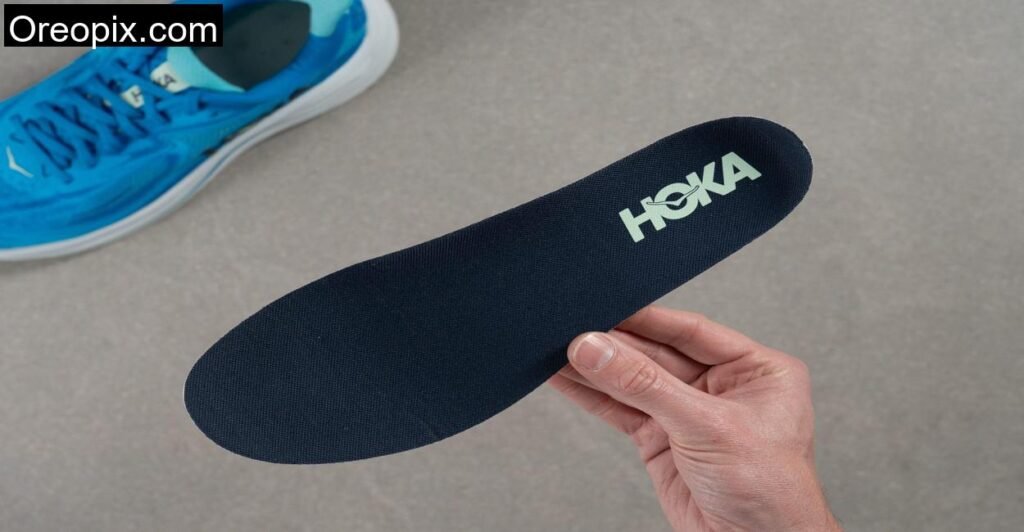
The Hoka Clifton 10 doesn’t try to be flashy. It doesn’t chase carbon plates or speed records. Instead, it doubles down on what Hoka does best: comfort, protection, and reliability.
In the misty trails of the Gopalswami Hills, this shoe proved its worth, not by dazzling with speed, but by disappearing underfoot and letting me enjoy the run. For many runners, that’s exactly what a daily trainer should do.
If you’re looking for a plush, stable, and roomy ride that can go the distance, the Clifton 10 is a worthy companion. Just don’t expect fireworks, expect clouds.
Is the Hoka Clifton 10 true to size?
Yes, it fits true to size with a wider toebox compared to previous models.
Can Hoka Clifton 10 handle trail running?
While not a trail shoe, it performs well on light trails and dry grasslands like those in Gopalswami.
Is the midsole of the Hoka Clifton 10 soft enough for recovery runs?
Definitely. The 17.1 HA midsole is among the softest in its category.
